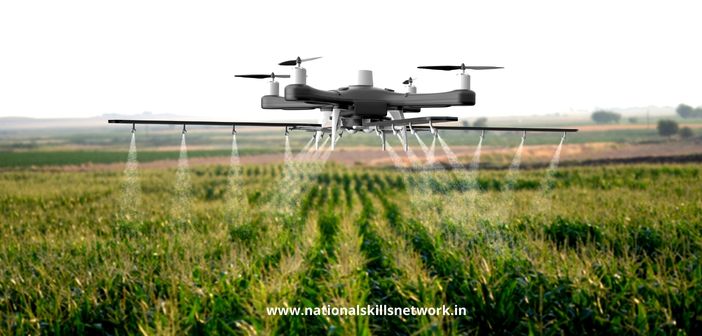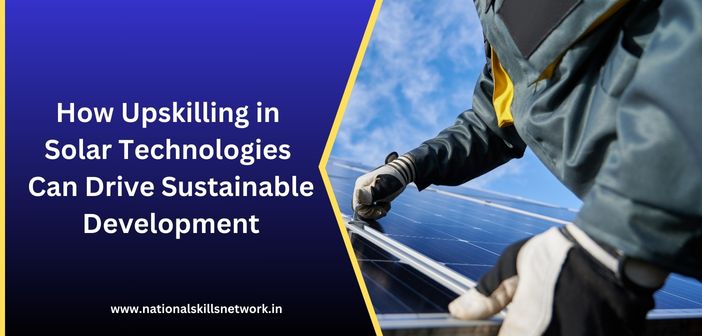How useful would it be if farmers can fly over their fields to monitor crops more closely? With drones, today’s farmers can kind of do that. Drones cannot carry humans; however, they provide a clear bird’s eye view of the land beneath as they fly. Moreover, they can be controlled easily and can survey more accurately. Drones are revolutionizing many industry sectors. One of the major sectors of drones is increasingly being used in Agriculture.
Drones with advanced remote sensing abilities can be used to monitor crops, spray pesticides and fertilizers, manage irrigation systems, predict yields, etc. The government of India is proactively encouraging farmers to use drones. Drones help farmers a lot in increasing farming output. By using drones, some farmers could even double their income.
5 ways to leverage Drones in Agriculture
Here are 5 ways drone usage is revolutionizing agriculture.
Digital Transformation using Agri-Tech systems
Agriculture is a prominent occupation in India. Our ancestors have accumulated vast practical knowledge and passed it down to generations. The digital transformation of agriculture is a good opportunity to document and save traditional knowledge in digital systems. Drones provide large sets of visual data essential to building effective deep-tech systems for agriculture. Drones are important components of Agri-tech systems and are pioneering the digital transformation of agriculture in India.
Drones can be widely used in crop management. For example, we can use drones to collect data on seed dispersals, duration of the crop cycle, climatic conditions, amount of fertilizers used, and crops that have yielded good results. The data can be used to determine the optimum processes and amounts of fertilizers required for a good yield.
Not only in Agriculture, Drones are being leveraged in various industries today. To know more, please read our article on the top 5 applications of drones in different industries in India.
Spraying Pesticides and Fertilizers safely and easily
Some countries test crops for the maximum allowed amount of pesticides and fertilizers and reject agricultural imports that do not pass their stringent quality checks. The main reason for the rejection is many times non-uniform spraying of fertilizers and pesticides. It is quite difficult to spray various essential yield-boosting natural and chemical fluids manually. Moreover, farmers are exposed to unhealthy amounts of harmful chemicals while spraying them.
Drones are unmanned and can be easily manoeuvred using a remote or even an app on mobile phones. With the help is drones, farmers can increase yield and crop quality by spraying fertilizers, fungicides, and pesticides safely, uniformly, in the right amounts, in less time, and with less effort. Drones make the process quite faster too. About 4 acres of farmland can be sprayed with approved agricultural sprays of the farmers’ choice in just an hour.
 Monitoring Crops
Monitoring Crops
Large areas of farming lands cannot be monitored manually especially when the farm contains tall crops and fruit trees, or closely placed bushy crops Drones provide a bird’s eye view of vast fields. Advanced drones are equipped with very high-resolution cameras and are very good at analysing crop health and checking them for weeds and pests. Drones can help in identifying weeds in the early stages before they spread and start affecting the crops. Thus, they can help farmers in taking necessary steps in time to prevent crop damage.
Drones equipped with infrared sensors can be used to survey crops even at night. They can geofence farmlands and help in detecting and preventing damage from animals.
For example, drones can help in identifying those crops that are ready to be harvested and help in selective harvesting and minimizing yield waste.
Predicting Crop Yield
Drones provide a good estimation of crop and soil health. They are equipped with high-quality sensors that can detect soil fertility, topographical conditions, the quality, and growth of the crop during its crop cycle. They can alert farmers when crops are being damaged due to infestation or if there are any sudden changes in their growth, color, or any other parameter that indicates their quality.
Irrigation Management
Drones can be used to analyze soil in the fields to estimate their water requirements. Accordingly, they can be programmed to water uniformly and regularly. Drones can be embedded with sensors to detect water pools and leaks in irrigation systems. Once a leak has been detected, drones can notify the concerned persons or authorities thus saving water and preventing crop damage. Drones also help in estimating water requirement changes according to climate and soil conditions.
Also read: Top 5 emerging job roles in the Drone industry https://nationalskillsnetwork.in/top-5-emerging-job-roles-in-the-drone-industry/
Drones find wide applications in agriculture. With advancements in Data Analysis and Artificial Intelligence, they are fast acquiring advanced abilities. The uses are beyond the usual spraying of yield-increasing liquids. They are used throughout the crop cycle in vast fields to perform various agricultural tasks like monitoring, irrigation, and predicting yields, easily, effectively, and faster.
The government of India is encouraging start-ups to provide drone-as-a-service to farmers. Nevertheless, to make the best use of the latest drone technologies and government incentives, farmers should get trained as drone pilots. And becoming a drone pilot is fairly easy. One can learn to manoeuvre an unmanned aerial vehicle in just about 5 days. For more information, contact any of the remote pilot training centers.














Very useful and interesting.